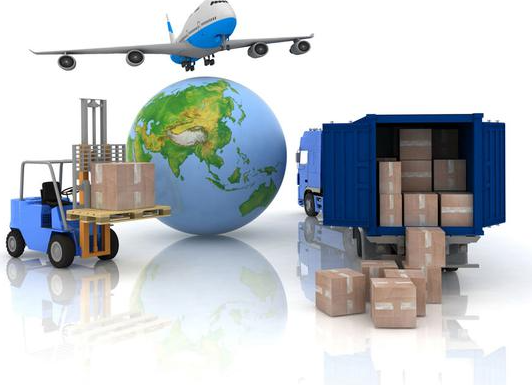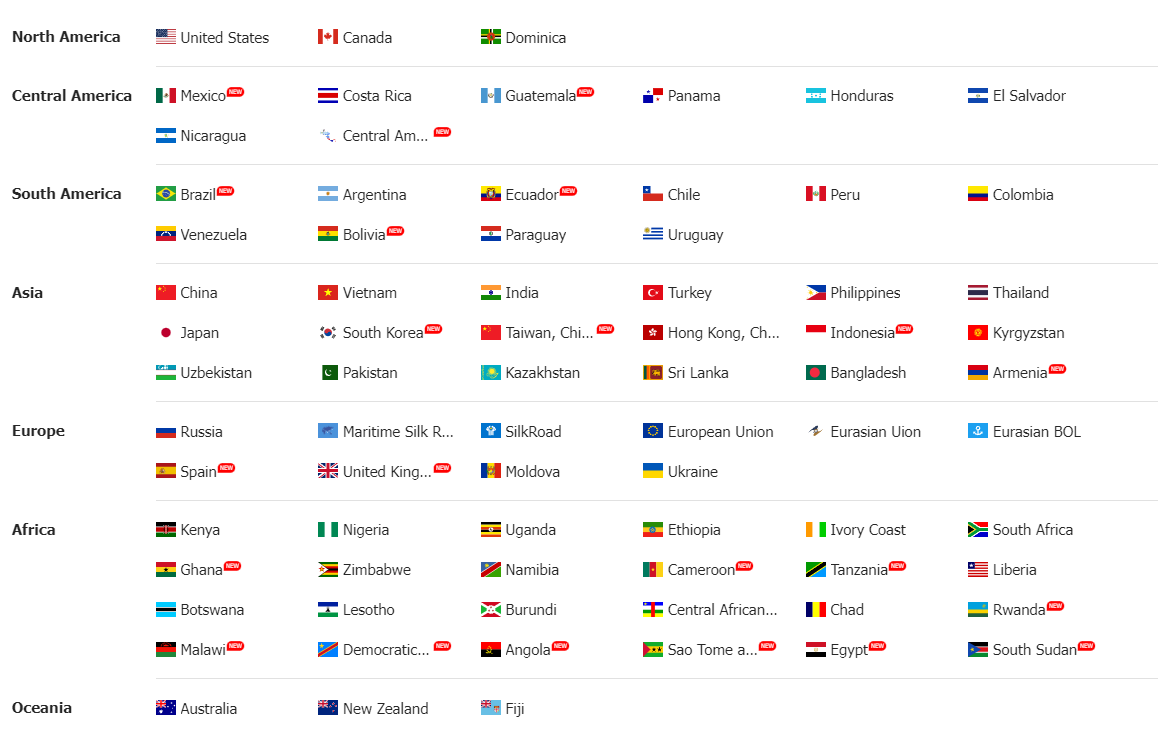 Trade Data
Trade Data
 27-06-2024
27-06-2024
In the world of international trade, the Bill of Lading (B/L) is a critical document that serves multiple purposes. Understanding its importance and how to utilize it effectively can significantly enhance your ability to find global buyers and streamline your trade operations. This article will explore what a Bill of Lading is, its key functions, and how it can be leveraged to identify and connect with potential global buyers around the world.

What is a Bill of Lading?
A Bill of Lading is a legal document issued by a carrier to a shipper, outlining the type, quantity, and destination of the goods being carried. It serves as a shipment receipt when the carrier delivers the goods at a predetermined destination. The document has three primary functions:
Receipt of Goods: The B/L acts as a receipt, confirming that the carrier has received the goods as described by the shipper.
Contract of Carriage: It details the terms and conditions under which the goods are to be transported, forming a contract between the shipper and the carrier.
Title of Goods: The B/L can be used to transfer ownership of the goods, making it a negotiable document in some cases.
Key Components of a Bill of Lading
A typical Bill of Lading includes the following information:
Shipper's and Consignee's Details: Names and addresses of the exporter (shipper) and importer (consignee).
Carrier Information: Name of the shipping company and details of the vessel or vehicle transporting the goods.
Description of Goods: Detailed description of the goods, including quantity, weight, dimensions, and packaging details.
Port of Loading and Discharge: Locations where the goods are loaded and unloaded.
Terms of Carriage: Conditions under which the goods are transported, including liability clauses and handling instructions.
Date of Shipment: The date when the goods were loaded onto the transport vessel.
How to Use a Bill of Lading to Find Global Buyers
Leveraging a Bill of Lading effectively can help businesses identify potential global buyers and establish new trade relationships. Here are some strategies to consider:
1. Analyze Import Data
By accessing import data from customs authorities or trade data platforms, you can obtain copies of Bills of Lading. These documents provide valuable information about companies that are actively importing goods similar to yours. Platforms like Tendata, PIERS, and Datamyne offer comprehensive trade data, including detailed Bill of Lading information.
2. Identify Key Importers
Examine the consignee details on the Bills of Lading to identify key importers in your target markets. Look for companies that frequently import goods in your industry. These businesses are likely to be interested in sourcing from reliable suppliers like you.
3. Understand Market Trends
Bills of Lading can help you understand market trends by showing which products are in demand and where they are being shipped. Analyze the data to identify emerging markets and adjust your sales strategy accordingly.
4. Competitive Analysis
Use Bills of Lading to monitor your competitors’ activities. By seeing which global buyers they are shipping to, you can identify potential customers who might be interested in your products. This information can help you tailor your marketing efforts to attract these global buyers.
5. Build Relationships with Freight Forwarders
Freight forwarders play a crucial role in international trade by arranging the shipment of goods. They often have extensive networks of global buyers and sellers. By building relationships with freight forwarders, you can gain access to their network and find potential global buyers for your products.
6. Direct Outreach
Once you have identified potential global buyers through Bills of Lading, reach out to them directly. Craft personalized messages highlighting how your products can meet their needs. Be prepared to provide product samples, references, and detailed information about your company’s capabilities.
Conclusion
A Bill of Lading is more than just a shipping document; it is a powerful tool that can help you find and connect with global buyers. By analyzing Bills of Lading and leveraging the information they provide, you can identify key importers, understand market trends, and stay ahead of the competition. Platforms like Tendata, PIERS, and Datamyne offer valuable trade data that can enhance your ability to find new global buyers and expand your international trade network. Use this strategic approach to boost your business’s global reach and success.
Tendata iTrader compiles trade data from 218 countries and provides detailed information on over 130 million import-export enterprises worldwide.
With a daily influx of 10 billion trade records, Tendata efficiently delivers contact details for over 700 million top-level executives and decision-makers in the import-export industry through advanced filtering. This includes email addresses, phone numbers, social media profiles, and more. Additionally, we offer synchronized company profiles, product images, and website links, along with 19 types of visual reports. These tools assist foreign trade enterprises in precise market positioning and thorough market analysis, enabling you to quickly find the exact buyers and suppliers you need.
(>> Visit the Official Shanghai Tendata Website for More Details <<)

Category
Leave Message for Demo Request or Questions


 T-info
T-info T-discovery
T-discovery

 My
Tendata
My
Tendata Market Analysis
Market Analysis Customer
Development
Customer
Development Competitor
Monitoring
Competitor
Monitoring Customer Relationship
Customer Relationship





































































































































